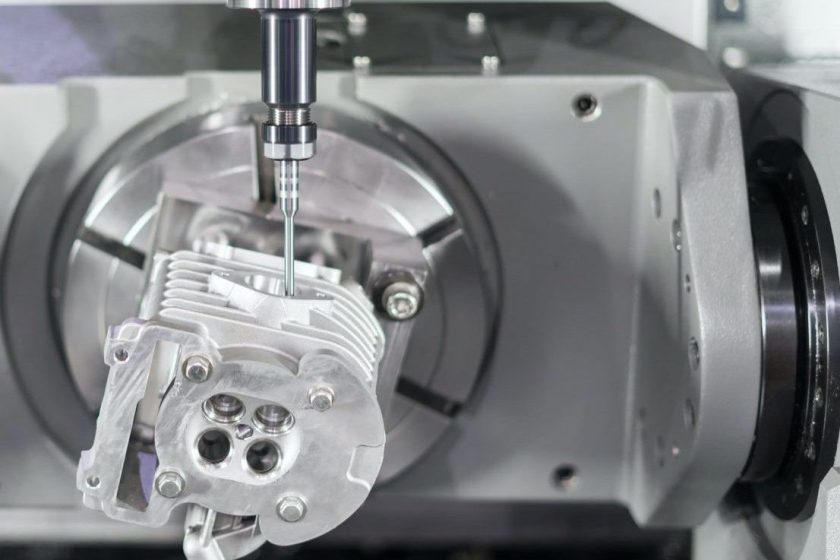High volume machining is a critical aspect of modern manufacturing, playing a pivotal role in the production of large quantities of precision components. As industries evolve and demand for efficiency increases, understanding the intricacies of high volume machining becomes paramount. In this comprehensive guide, we delve into the key aspects of high volume machining, providing insights, best practices, and essential tips to optimize your manufacturing processes.
1. Understanding High Volume Machining
High volume machining refers to the process of manufacturing large quantities of parts or components using advanced machining techniques. This approach is particularly beneficial in industries where mass production is a necessity, such as automotive, aerospace, and electronics. The primary goal is to achieve consistent precision and quality while maximizing production output.
2. Key Techniques in High Volume Machining
Computer Numerical Control (CNC) machining is a cornerstone of high volume machining. It involves using computer-controlled machines to precisely cut and shape materials. CNC machining ensures repeatability and accuracy, making it ideal for high volume production where consistency is paramount.
Multi-Spindle Machining
Multi-spindle machining involves using a single machine with multiple spindles to perform simultaneous operations on a workpiece. This technique significantly reduces cycle times, making it a preferred choice for high volume production.
High-Speed Machining
High-speed machining involves using cutting tools at elevated speeds to remove material quickly. This technique enhances productivity by reducing cycle times and increasing material removal rates.
3. Benefits of High Volume Machining
Improved Efficiency
One of the primary advantages of high volume machining is improved efficiency. By leveraging advanced technologies and optimized processes, manufacturers can significantly reduce production times, leading to faster turnaround and increased productivity.
Cost Reduction
High volume machining allows for economies of scale, leading to lower production costs per unit. As the quantity of parts produced increases, the cost per unit decreases, resulting in overall cost savings for manufacturers.
Consistent Quality
The precision and repeatability inherent in high volume machining contribute to consistent product quality. This is crucial, especially in industries where strict adherence to specifications and standards is required.
4. Challenges in High Volume Machining
Tool Wear
The high-speed nature of high volume machining can lead to increased tool wear. Managing tool life and implementing effective tool monitoring systems are crucial to minimizing downtime and maintaining efficiency.
Heat Generation
Intense machining operations can generate significant heat, impacting both tool life and material properties. Employing advanced cooling techniques and selecting appropriate cutting fluids are essential to mitigate this challenge.
Material Selection
Choosing the right materials for high volume machining is crucial. Some materials may pose challenges in terms of machinability, tool wear, or thermal conductivity. Understanding the properties of materials is key to overcoming these challenges.
5. Best Practices for High Volume Machining
Process Optimization
Continuous process optimization is key to maximizing the benefits of high volume machining. Regularly review and refine machining processes to identify areas for improvement and efficiency gains.
Tool Management
Implement a robust tool management system to monitor tool wear, prevent unexpected tool failures, and ensure optimal cutting performance. Regular tool maintenance and replacement are essential components of successful high volume machining.
Quality Control
Establish stringent quality control measures to monitor and maintain product quality throughout the production process. Implementing in-process inspections and utilizing advanced metrology tools contribute to consistent quality outcomes.
6. Future Trends in High Volume Machining
Integration of Industry 4.0 Technologies
The integration of Industry 4.0 technologies, such as the Internet of Things (IoT) and artificial intelligence, is shaping the future of high volume machining. Smart manufacturing systems enable real-time monitoring, predictive maintenance, and data-driven decision-making.
Advanced Materials and Alloys
As industries demand higher performance and lightweight materials, high volume machining will need to adapt to the machining challenges posed by advanced materials and alloys. Research and development in cutting tool technology will be crucial in this evolution.
Conclusion
High volume machining is a cornerstone of modern manufacturing, enabling industries to meet the demands of mass production with efficiency and precision. Understanding the key techniques, benefits, challenges, and best practices in high volume machining is essential for manufacturers looking to optimize their processes and stay competitive in a rapidly evolving landscape. By embracing advancements in technology and adopting a proactive approach to process optimization, manufacturers can unlock the full potential of high volume machining and propel their operations to new heights of efficiency and productivity.

